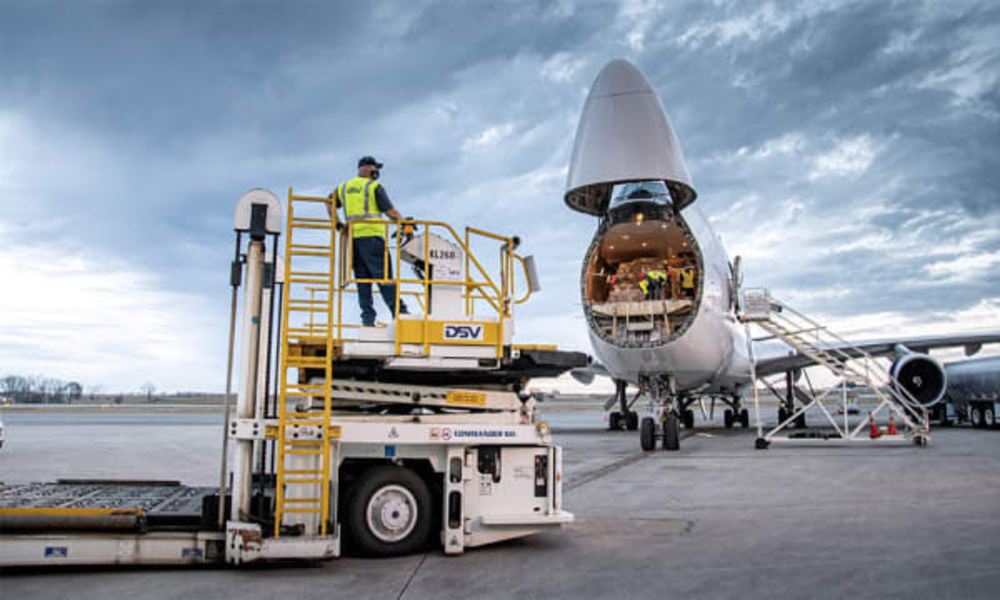In the pursuit of decreasing energy consumption and minimizing environmental impact, optimizing energy efficiency has turn into a central focus for various industries. One area that provides vital potential for enchancment is the approach temperature of air-cooled chillers used for water cooling.
Before delving into the optimization methods, let’s first perceive what the method temperature represents. In simple terms, it refers again to the difference between the refrigerant’s saturation temperature and the temperature of the cooled water leaving the chiller. A lower method temperature signifies extra efficient warmth switch and, consequently, higher power efficiency.
The primary goal of optimizing the approach temperature is to boost the overall vitality effectivity of the chiller system. By narrowing the hole between the refrigerant temperature and the cooled water temperature, less energy is required to achieve the specified cooling effect.
Factors influencing the approach temperature:
Several elements come into play when contemplating the approach temperature of an air-cooled chiller. Firstly, the design and operation of the chiller itself play a significant position. Chiller producers often provide guidelines and specs for optimal efficiency, together with really helpful strategy temperature ranges.
Secondly, ambient conditions considerably impact the strategy temperature. Higher ambient temperatures end in higher condensing temperatures, leading to reduced effectivity and increased strategy temperature. Factors similar to location, local weather, and air high quality can all contribute to variations in the method temperature.
Thirdly, the warmth load and cooling requirements of the system affect the strategy temperature. A larger heat load may require higher chilled water move charges, impacting the strategy temperature. It is crucial to strike a steadiness between cooling capability and vitality consumption to optimize overall system performance.
Approach temperature optimization methods:
There are several strategies and methods out there to optimize the method temperature of air-cooled chillers for water cooling:
- Maintain correct airflow: Adequate airflow is critical for efficient warmth switch in air-cooled chillers. Ensuring unobstructed airflow across the chiller and regular upkeep of fans, filters, and coils can enhance energy effectivity and reduce method temperature.
- Optimize fan pace: Most modern air-cooled chillers come geared up with variable-speed fans, allowing for exact control over the cooling course of. Adjusting fan speeds based on load necessities and ambient conditions may help obtain optimum method temperatures.
- Implement superior controls: Utilizing clever management techniques that monitor and regulate chiller operation based on real-time data can optimize energy efficiency. These systems can adapt to changing situations, making certain the approach temperature stays within the desired vary.
- Enhance condenser performance: Improving condenser coil design, growing floor area, or utilizing superior coatings can improve warmth transfer and cut back method temperature.
- Regular maintenance and cleaning: Periodic inspection, cleaning, and upkeep of chiller components are important for optimum efficiency. This contains cleansing condenser coils, checking refrigerant levels, and inspecting fans and motors.
Benefits of optimizing the strategy temperature:
The benefits of optimizing the approach temperature of https://www.kaltra.com/microchannel-heat-exchangers air-cooled chillers for water cooling are manifold:
– Reduced energy consumption: By minimizing the method temperature, less vitality is required for cooling, resulting in substantial power savings.
– Lower working costs: Improved vitality effectivity translates into decrease working prices, making the system more economically viable.
– Environmental friendliness: Optimizing power effectivity contributes to lowering greenhouse fuel emissions and environmental impact.
– Extended gear lifespan: By operating within the really helpful approach temperature vary, the chiller system experiences less pressure, leading to increased longevity.
In conclusion, optimizing the method temperature of air-cooled chillers used for water cooling presents a useful opportunity to reinforce energy effectivity. By implementing appropriate methods similar to maintaining proper airflow, optimizing fan pace, and utilizing advanced control methods, vital improvements could be achieved. The ensuing advantages embrace lowered energy consumption, lower operating prices, and a constructive environmental influence. Embracing these optimization strategies is not solely economically prudent but in addition important for a sustainable future.




